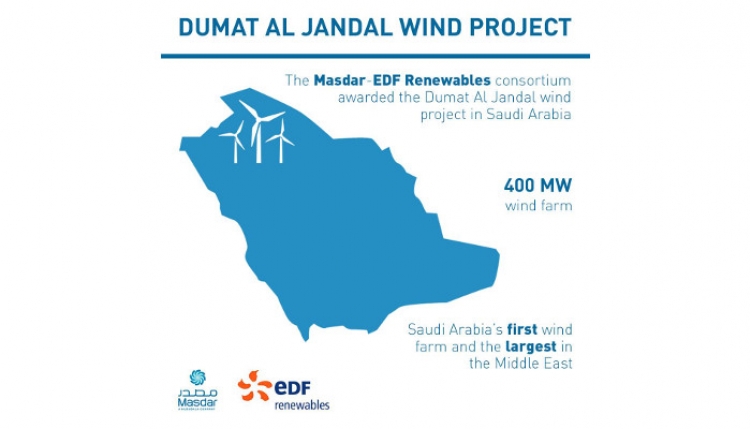Abu Dhabi - MENA Herald: Researchers at the Masdar Institute of Science and Technology developed an optical device that both separates and concentrates sunlight, enabling solar cells to convert a greater share of the sun’s energy to electricity more efficiently and affordably than conventional photovoltaic technologies. The novel technology is being further researched for its potential to achieve a super-efficient, sunlight harvesting system that would significantly increase the amount of power that can be generated from the sun.
“The spectral splitting concentrator we have designed for this promising solar energy capture technology is a combination between a prism, which separates the different colors or wavelengths of sunlight, and a lens, which concentrates the light that can be used to help harness a greater amount of energy from the sun,” explained Masdar Institute PhD student Carlo Maragliano.
Maragliano describes how the spectral splitting concentrator works in a paper recently published in the Journal of Optics. Dr. Matteo Chiesa, Associate Professor of Mechanical and Materials Science Engineering, Masdar Institute, co-authored the paper along with Dr. Marco Stefancich, Researcher at the National Research Center in Parma, Italy. Building upon Dr. Stefancich’s previous research, Maragliano’s research aims to design a more efficient and affordable spectral splitting solar concentrator system.
In a traditional silicon-based photovoltaic (PV) cell, only some of the sun’s wavelengths from the visible light spectrum are absorbed and converted into electricity. Much of the sunlight at the shorter blue and green wavelengths is inefficiently absorbed – and none from the infrared region is absorbed – resulting in conversion efficiencies between 15% and 18% in commercial modules.
With Maragliano’s novel optical device – which disperses and concentrates visible and infrared light – each slice of the solar spectrum is absorbed by spectrally-matched solar cells, significantly increasing conversion efficiencies up to a theoretical maximum of 38%.
The optical device itself is made out of polycarbonate – a transparent, inexpensive plastic material – and is fabricated by injection molding, which allows for economical mass-scale production.
Concentrating sunlight onto a solar cell, a technology known as concentrating photovoltaics (CPV), is a way to convert solar energy to electricity with high efficiency due to the concentration of sunlight on solar cells. CPV systems use optical equipment, such as lenses and mirrors, to focus great amounts of solar energy onto high-efficiency multi-junction solar cells. The disadvantage of CPV systems, however, is that they typically utilize expensive multi-junction solar cells and require precise tracking of the sun to maintain focus of sunlight on the cells throughout the day.
Pairing solar cells that absorb energy from separate slices of the solar spectrum with a low-cost optical device that both concentrates and disperses sunlight, Maragliano and Dr. Chiesa have designed a highly efficient solar energy harvesting system that could be a fraction of the price of most commercially available solar technologies.
“We know that layering solar cells dramatically improves the overall efficiency of the cells, and we also know that concentrating sunlight can produce more electricity. So, we created a device that can essentially do both, in an economical and convenient way, without the requirements of a CPV-type mechanical tracking system or complex layering required in multi-junction solar cells,” Dr. Chiesa explained.
The spectral splitting concentrator is one of many innovative solar technologies being developed at Masdar Institute, which aims to boost the efficiency of solar cells in order to increase the sun’s role in the global energy supply.





